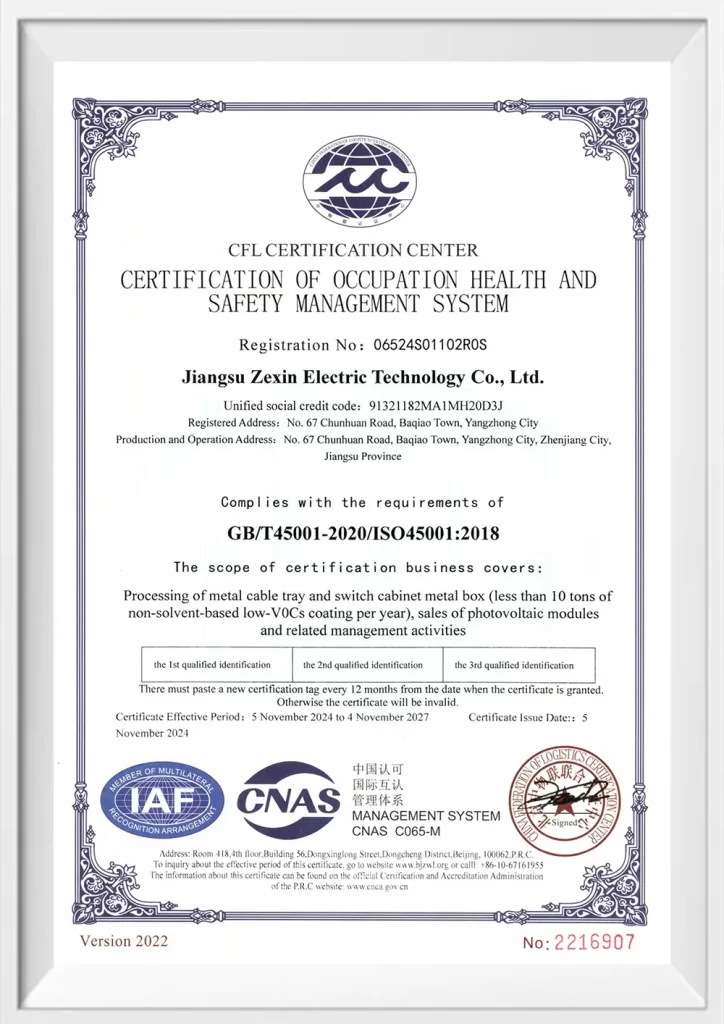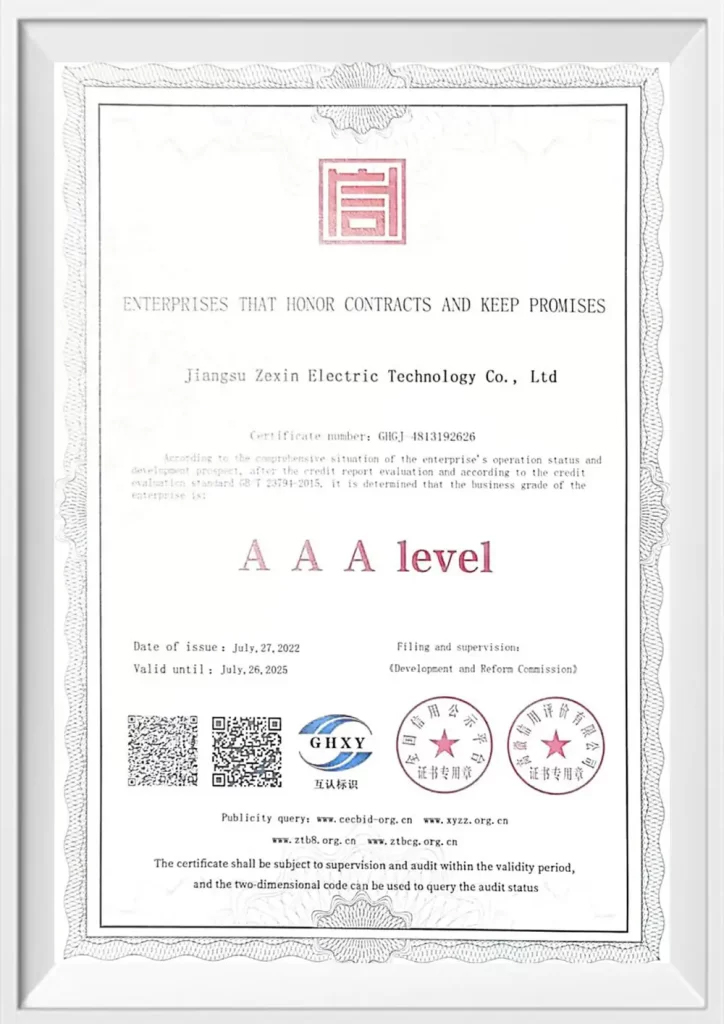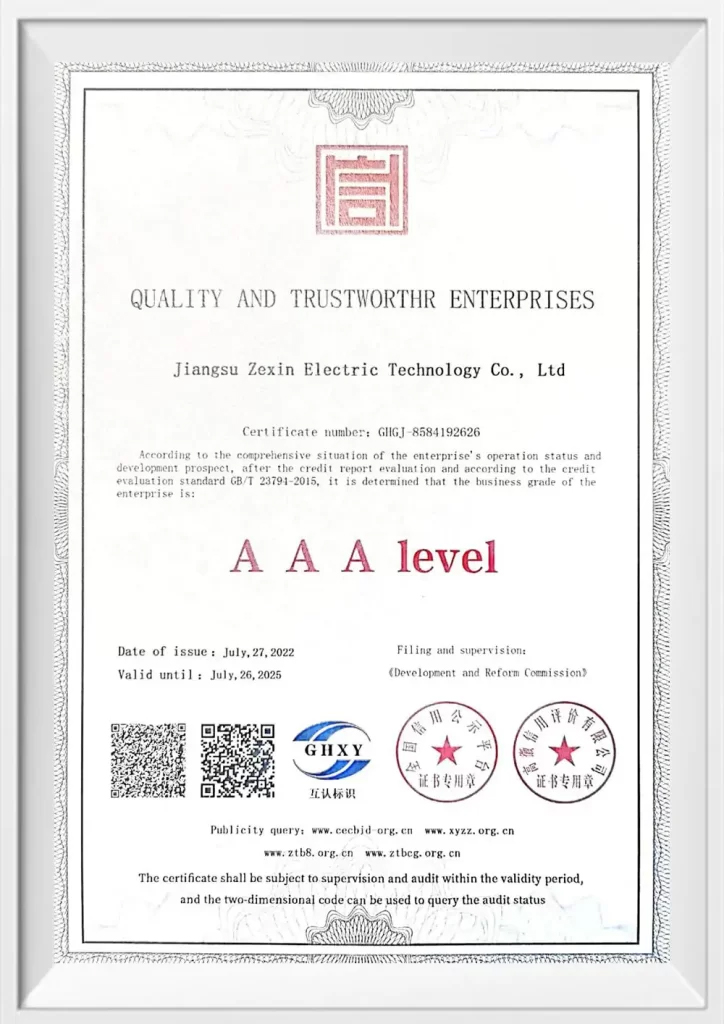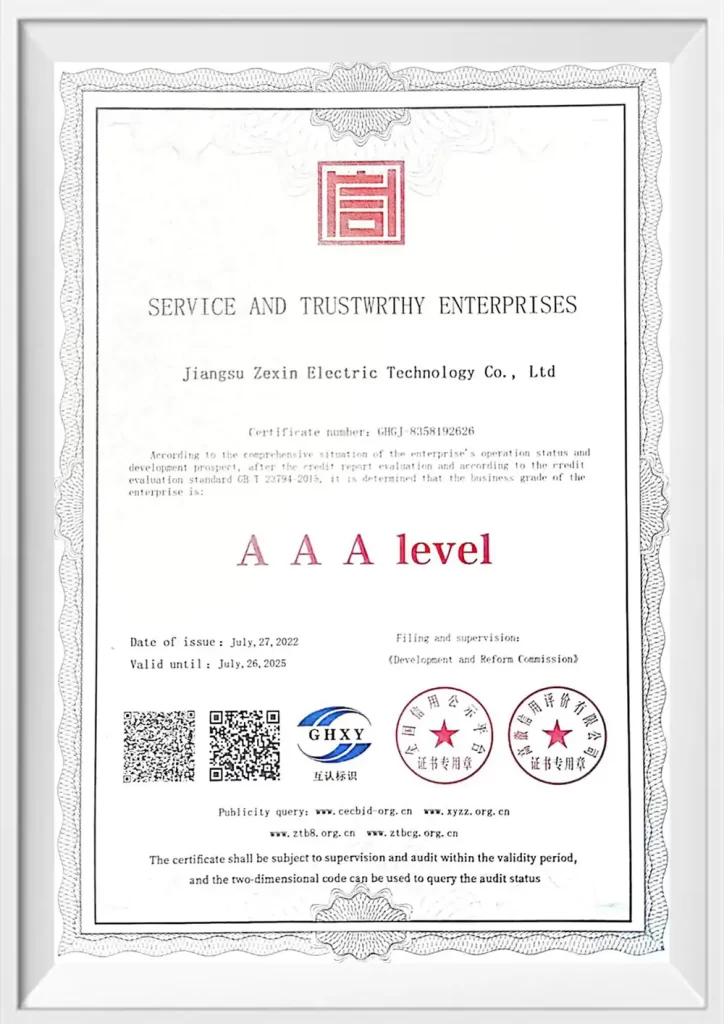The core design of the cable ladder tee revolves around the reasonable branching of the main branch. The bifurcation angles are mainly 45° and 90°. These two angle designs are adapted to different wiring spaces and line direction requirements. The 45° bifurcation design can effectively reduce the cable stress when the line turns, ensure the smooth transition of the cable, and reduce the risk of damage caused by sharp turns. It is suitable for occasions where the line space is relatively ample and a certain angle buffer is required. The 90° bifurcation is more suitable for environments with limited space or where the line must turn vertically. It can maximize the use of the installation space and achieve a reasonable layout of the line. The cable ladder tee adopts a reinforced connection joint design, which not only improves the mechanical strength and stability of the connection part, but also ensures the safety and reliability of the overall bridge system. The reinforced connection joint optimizes the combination of the crosspiece and the main beam, so that the crosspiece can be continuously connected, thereby forming an integral load-bearing structure at the connection, avoiding the weakening phenomenon of the traditional tee at the connection point.
As a famous China Cable ladder tee Manufacturers and Cable ladder tee Factory. we are a professional factory that produces and sells various types of cable trays, solar brackets, marine trays, bus ducts and their accessories. The cable tray styles produced by our factory are divided into cable ladder, cable trunking, perforated, marine cable ladder, etc. The materials are divided into: steel , stainless steel 304/316, aluminum alloy , fiberglass , and fireproof cable tray . Surface treatment is divided into: cold galvanizing, hot-dip galvanizing, spray coating, etc. The design department can select the required product type and surface treatment based on on-site construction. The product is widely used in industries such as coal, chemical, metallurgical, steelmaking, power generation, pharmaceuticals, solar power generation, water treatment, wind power generation, and shipbuilding. We can provide users with complete cable laying, installation of supporting products and solutions. And our company is a first tier agent for lightweight solar panels.
We are high-quality suppliers to major companies such as State Grid Heilongjiang Electric Power Co., Ltd., Zoomlion Heavy Industry Science and Technology Co., Ltd., and Jinchuang Group Co., Ltd; The products are exported to various parts of the country such as Xinjiang, Ningxia, Guangxi, etc. Our clients are located in over 100 countries and regions around the world, including Singapore, the Philippines, Thailand, South Korea, Kenya, and South America. We welcome you to visit and inspect our company on site. Looking forward to becoming your partner.
-
When selecting a cable management system, Cable Ladder Rack is often considered a better option than traditional systems such as cable trays or cable ...
READ MORE -
Introduction In modern electrical and industrial installations, cable management is crucial for safety, efficiency, and longevity. Cable trays are wi...
READ MORE -
1.Choosing the Right Cable Trunking Type Cable trunking systems are solutions used to protect cables and ensure their safe transmission. These trunkin...
READ MORE -
Introduction to Wire Mesh Cable Trays What are Wire Mesh Cable Trays? A wire mesh cable tray, also called a wire cable tray or mesh cable tray, is a t...
READ MORE -
The Role of Perforated Cable Tray in Solar Power System Wiring Understanding Perforated Cable Trays and Their Functionality Perforated cable trays are...
READ MORE


 English
English عربى
عربى








